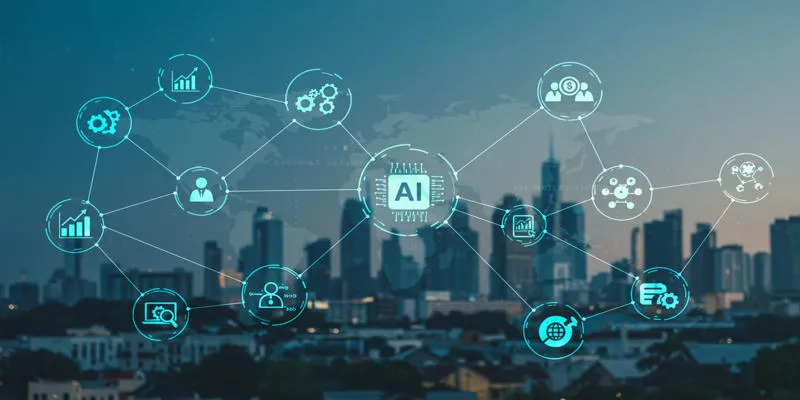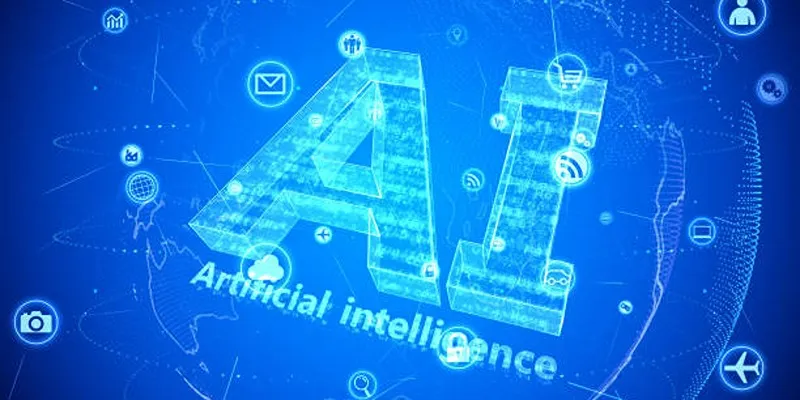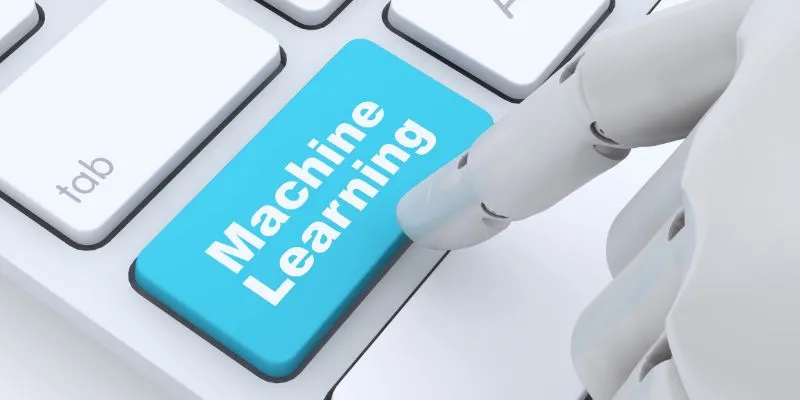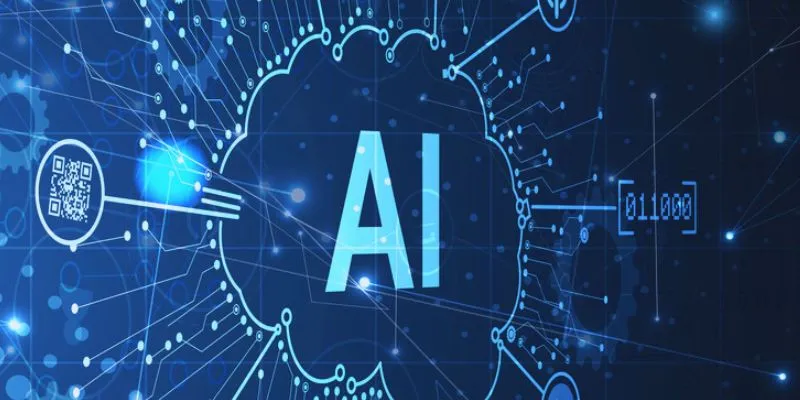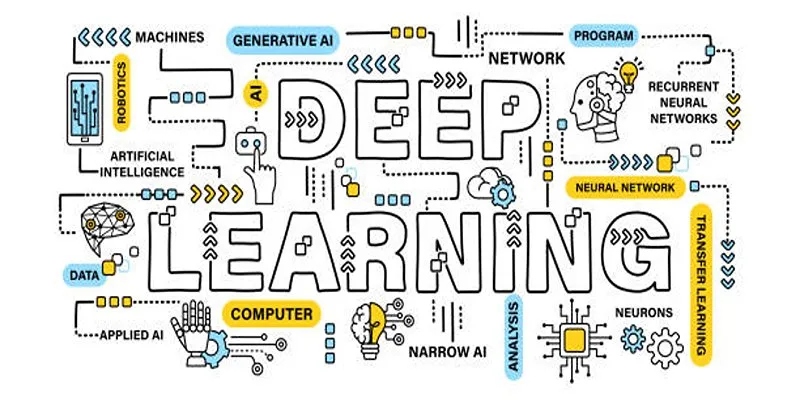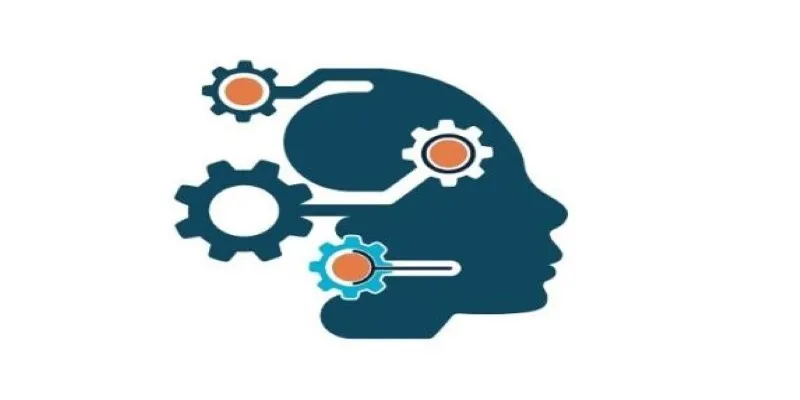As artificial intelligence continues to transform business operations, it’s crucial for companies to not only utilize AI tools but also prepare their workforce to understand and use them effectively. Enhancing AI literacy and readiness across an organization is no longer a choice—it’s a critical factor for long-term success.
Many organizations struggle to bridge the gap between adopting AI technology and helping their teams feel confident in using it. Closing this gap requires education, planning, and a mindset shift at all business levels.
What Is AI Literacy and Why Does It Matter?
AI literacy involves understanding the basics of AI, how it functions, and its practical applications. You don’t need deep technical expertise; a general understanding of AI’s capabilities and limitations is sufficient.
From a business perspective, AI literacy empowers employees to:
- Understand how AI tools influence their roles
- Interact confidently with AI systems
- Identify opportunities to integrate AI into their workflows
- Make informed decisions based on AI-generated insights
When teams are AI-literate, companies experience faster technology adoption, improved interdepartmental collaboration, and increased trust in AI-powered solutions.
The Importance of AI Readiness in Business
“AI readiness” refers to a business’s preparedness to integrate AI into its operations, encompassing technical, cultural, and tactical readiness. This involves more than just acquiring tools or hiring data scientists; it’s about nurturing an environment where AI can thrive. Characteristics of AI-ready businesses include:
- A clear understanding of AI’s alignment with their goals
- Employees trained to use AI tools effectively
- Structured data to support machine learning
- Leadership that champions AI innovation
- Policies addressing ethics, privacy, and responsible AI use
Without readiness, even the most advanced AI solutions may struggle to deliver value.
Signs That a Business Lacks AI Readiness

Companies not prepared for AI may face challenges such as:
- Employees resisting AI tools due to fear or misunderstanding
- Misalignment between AI initiatives and business objectives
- Poor quality or fragmented data systems
- Leaders unsure about scaling AI adoption
These issues indicate the need for a strategic plan to enhance both literacy and readiness.
How to Improve AI Literacy Across the Organization
Enhancing AI literacy doesn’t mean turning employees into engineers. It begins with making AI approachable and relatable. Here’s how businesses can start:
Offer Basic AI Education
Ensure every team has access to training that covers:
- What AI is and how it works in simple terms
- The differences between AI, machine learning, and automation
- Examples of AI they encounter in daily life
Provide Department-Specific Use Cases
Teams engage more with AI when they see its relevance to their roles. Businesses can:
- Show HR how AI supports hiring through resume screening
- Demonstrate to finance teams how AI detects fraud
- Introduce marketing teams to AI tools that analyze customer data
Use Practical Tools
Start with tools that employees can use without coding or technical skills. Examples include:
- Chatbots for customer service
- AI-powered scheduling assistants
- Content generators or translation tools
Encourage Ongoing Learning
AI evolves rapidly. Organizations that keep up tend to:
- Host regular webinars or lunch-and-learn sessions
- Share easy-to-read articles or videos on AI trends
- Use internal platforms for AI knowledge-sharing
Building AI Readiness: Tools and Culture
Improving literacy is just the beginning. Readiness also involves cultivating the right mindset , tools, and support systems.
Foster a Learning Culture
AI is always evolving. Businesses need a culture that values learning to keep pace.
Ways to encourage this include:
- Providing time for upskilling during work hours
- Celebrating small wins when AI tools are successfully adopted
- Sharing success stories within teams
A positive culture reduces fear and builds excitement about trying new technology.
Collaborate Across Teams
AI is not just for IT or data teams; it requires input from everyone.
When teams collaborate:
- Tech experts learn about real business challenges
- Business users understand how AI can address those challenges
This collaboration leads to better tools and outcomes.
Choose the Right AI Tools
Select tools that align with your business needs and skill levels.
Look for tools that are:
- User-friendly with simple interfaces
- Well-supported with guides or customer support
- Flexible enough to scale as your team’s skills grow
Role of Leadership in AI Literacy and Readiness
Leadership must lead by example. If managers and executives don’t prioritize AI, others won’t either.
They should:
- Invest in team training
- Create AI-friendly policies
- Set clear, realistic goals for AI adoption
- Stay informed about ethical AI practices
Leadership support ensures AI becomes an integral part of the business—not just another tech project.
Benefits of Investing in AI Literacy and Readiness

Organizations that actively enhance AI literacy and readiness often experience:
- Improved efficiency across departments
- Better decision-making through smarter data use
- Higher employee engagement with modern tools
- Greater adaptability to market changes
- A competitive advantage in their industry
AI doesn’t replace people—it empowers them. But only if they’re equipped to use it.
Conclusion
Enhancing AI literacy and readiness is vital for businesses aiming to remain competitive in today’s fast-changing world. It empowers employees to make smarter decisions and embrace innovation with confidence. When teams understand AI, they are more likely to use it effectively and responsibly. Building this knowledge doesn’t require technical expertise—just the right guidance and mindset. Organizations that invest in AI education and readiness see better results, improved workflows, and increased trust in technology.
 zfn9
zfn9

